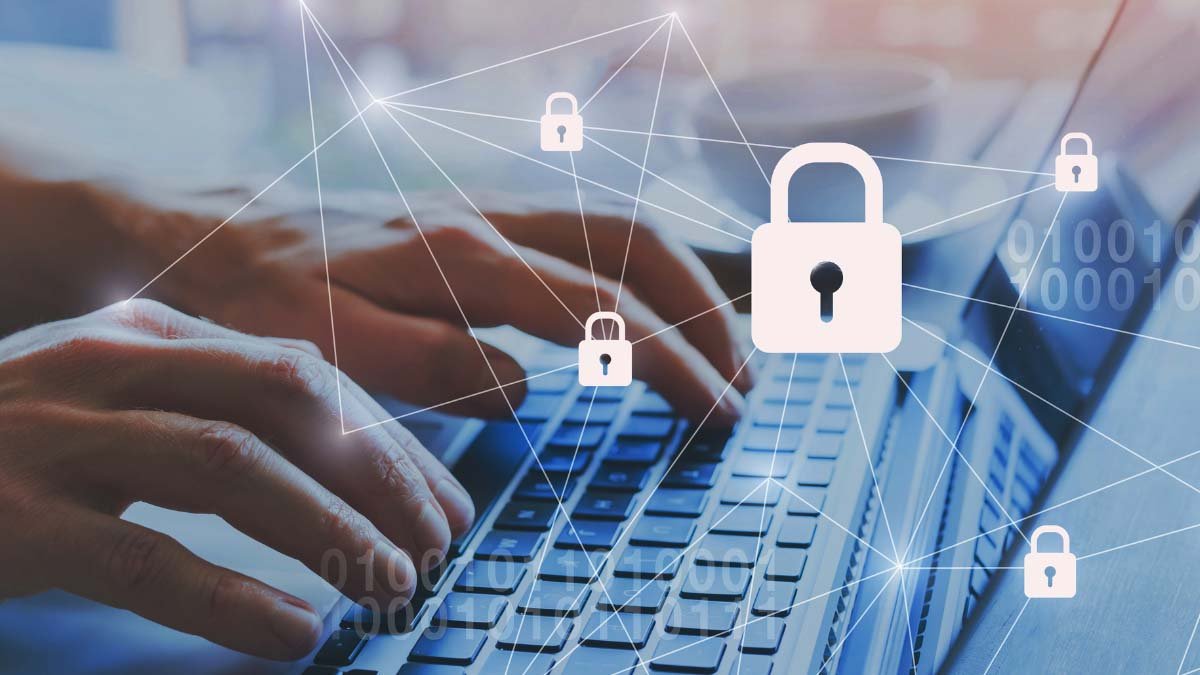Applications are a vital aspect of today’s technology evolvement and day-to-day life. Applications are also unprotected because they store and transmit sensitive information that can be used by cyber attackers for several purposes including business, communication, and entertainment. The need for strong security increases as more people rely on mobile applications. An example of such an important practice is application hardening, where Appsealing becomes an integral keyword for the protection of digital property.
1. Cyber threats are worldwide.
The threat environment of application in an interconnected world has become expansive. Cybercriminals are getting smarter and craftier, using varied trickery to breach software’s loopholes. The results of poor application security include various issues like data breaches, ransomware attacks, and even money loss, reputational harm, and lawsuits. The application hardening can be regarded as a preemptive protection against evolving cyber threats.
2. Understanding Application Hardening
Hardening refers to adding capabilities to software applications to strengthen them against vulnerabilities and possible attacks. It entails the implementation of several measures that minimize vulnerability areas within the app, preventing its penetration by intruders. Application hardening encompasses the use of secure coding practices among others like encryption and anti-tampering to make the software resist any adversity attempts.
3. Appsealing: A Comprehensive Approach
Sealing is generally an encapsulated process that can be used holistically for protecting mobile applications. Appealing is specially developed to do more than an average security measure and provide several layer protection models. These include code obfuscation, reverse engineering prevention, and real-time threat mitigation. If we integrate Appealing into an organization’s development cycle, it will help to shield applications from various threats.
4. Protecting Intellectual Property
Protection of intellectual property is one of the major reasons why companies harden their applications, especially using products such as Appealing. Creating these new and unique applications requires lots of time, effort, and money from application developers.
Malicious actors can decompile the code, retrieve secrets like algorithms, and mimic the entire behavior of the program without proper security mechanisms in place. Application hardening guarantees that the intellectual assets are safe from misuse by rivals, thus protecting the advantage of creators and entities.
5. Mitigating Financial Risks
For businesses, there are immense financial ramifications following a security breach. Direct financial losses might occur as a result of data breaches, unauthorized access, tampering with applications, and reputational damages as well as liabilities incurred after litigations.
One of the preventive measures to curb such financial risks includes investing in application hardening especially advanced solutions such as Appsealing. Organizations can avert the considerable amounts of expenses associated with incident response, remediation, and legal consequences through the avoidance of security incidents.
6. Maintaining User Trust
The key element for a successful application is user trust. The user’s information is expected to be managed with high confidentiality or it is not the end of the world for a user. A security breach is not only about stolen information but also destroys customer confidence in the app and the company behind it.
Strong security measures such as Appealing help in maintaining robustness, preserve confidence, and promote user trust by guaranteeing the confidentiality, integrity, and availability of user information.
7. Regulatory Compliance
There are strict requirements regarding how companies should protect sensitive information, within a fast-changing environment data protection, and privacy regulations. Failure to adhere to regulations for example GDPR, HIPAA, or CCPA has grave penalties and legal implications.
The integration of application hardening within compliance frameworks has proved effective in achieving this requirement by organizations. By being ahead of security concerns, businesses would also avoid incurring regulatory fines for not safeguarding users´ information.
8. Safeguarding Against Reverse Engineering
One method that many hackers use as their toolkit on how they perceive an application’s code is reverse engineering. After code translation, it becomes easy for attackers to recognize vulnerabilities that they can use illicitly.
By appealing to the features of application hardening, including code obfuscation, one can easily thwart the reversal efforts. Developers can make the code more complicated and therefore difficult to comprehend, raising the amount of work that attackers need to spend to reverse engineer an application.
9. Real-time threat monitoring and response.
The threats in the cyber world are very fast-changing and unpredictable. New-age threats cannot be dealt with by using traditional security measures. One of the components in application hardening, called appealing, gives the ability of real-time threat monitoring.
Therefore, in a bid to be proactive, organizations can identify and react to security threats quickly. Through continuous surveillance of unnatural occurrences and activities, Appealing provides timely action, thus reducing any damage caused by malicious attacks.
10. Resiliency against code modification.
Attackers frequently resort to code tampering as a way of altering an application’s code so that it can serve some criminal agenda. This may include tampering with the app’s functionality, adding malware, or circumventing safety measures.
Specifically, application hardening through Appsealing provides anti-tampering measures protecting applications from code tampering attempts. It helps to secure the integrity of the application’s code, ensuring that the intended functions are preserved and that there are no vulnerabilities on the side of the application.
11. Future-Proofing Applications
Likewise, with advances in technology come new ways in which cyber criminals operate. Advanced solutions such as application hardening are important components of future-proofing applications.
Organizations must anticipate arising dangers when designing new or updating existing software and incorporate current protection systems to make sure the software is protected when using new or evolving kinds of malware. Adapting to future security threats, this proactive strategy shields current investments and builds new ones.
Conclusion
In the digital era, applications constitute the foundation of interconnectivity, one cannot put security as something optional. The complex issues of cyber threats are covered by application hardening and its specialized methods, for example, Appsealing.
The reasons for application hardening that are not only convincing but also extensive include protection of intellectual property, risk mitigation, sustaining user trust, and complying with regulations. In the dynamic threat environment, organizations and developers must strengthen their application hardening procedures as a key strategic measure.




![Read more about the article [Full Guide] How To Create Educational Content?](https://wuschools.com/wp-content/uploads/2022/09/Create-Educational-Content-300x169.jpg)